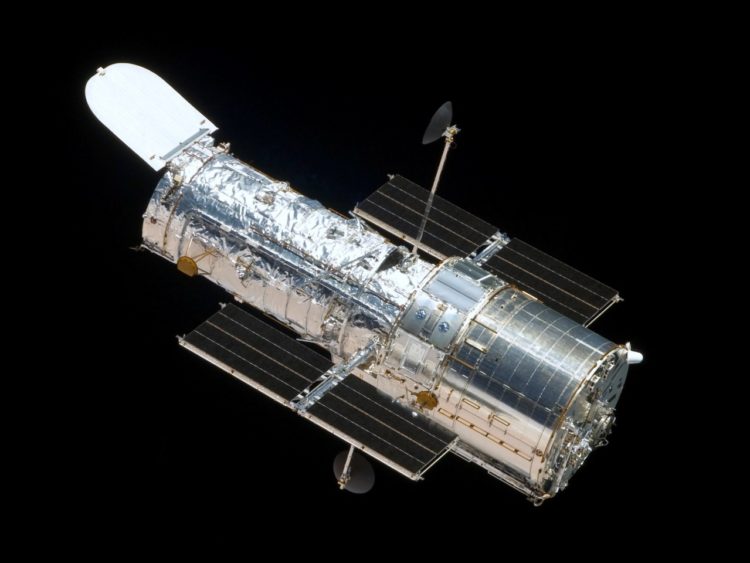Hubble solves mysterious dimming of ‘Betelgeuse’ star
The mysterious dimming of the supergiant star Betelgeuse was most likely caused by an immense amount of hot material ejected into space, forming a dust cloud that blocked starlight coming from the star’s surface, show observations by NASA’s Hubble Space Telescope.
The dust cloud formed when superhot plasma unleashed from an upwelling of a large convection cell on the star’s surface passed through the hot atmosphere to the colder outer layers, where it cooled and formed dust grains, said the study published in The Astrophysical Journal.
The resulting dust cloud blocked light from about a quarter of the star’s surface, beginning in late 2019.
The unprecedented phenomenon for Betelgeuse’s great dimming became eventually noticeable to even the naked eye.
By mid-February 2020, the monster star had lost more than two-thirds of its brilliance.
This sudden dimming has mystified astronomers, who scrambled to develop several theories for the abrupt change.
One idea was that a huge, cool, dark “star spot” covered a wide patch of the visible surface.
But the Hubble observations suggest a dust cloud covering a portion of the star.
“With Hubble, we see the material as it left the star’s visible surface and moved out through the atmosphere, before the dust formed that caused the star to appear to dim,” said lead researcher Andrea Dupree, Associate Director of the Center for Astrophysics, Harvard and Smithsonian (CfA).
“We could see the effect of a dense, hot region in the southeast part of the star moving outward,” she said.
Hubble captured signs of dense, heated material moving through the star’s atmosphere in September, October, and November 2019.
Then, in December, several ground-based telescopes observed the star decreasing in brightness in its southern hemisphere.
“This material was two to four times more luminous than the star’s normal brightness,” she said.
Betelgeuse, which is about 725 light-years away, is an ageing, red supergiant star that has swelled in size due to complex, evolving changes in its nuclear fusion furnace at the core.
Although Dupree does not know the outburst’s cause, she thinks it was aided by the star’s pulsation cycle, which continued normally though the event, as recorded by visible-light observations.
By April 2020, the star returned to normal brightness.
The star is so huge now that if it replaced the Sun at the centre of our solar system, its outer surface would extend past the orbit of Jupiter.






















